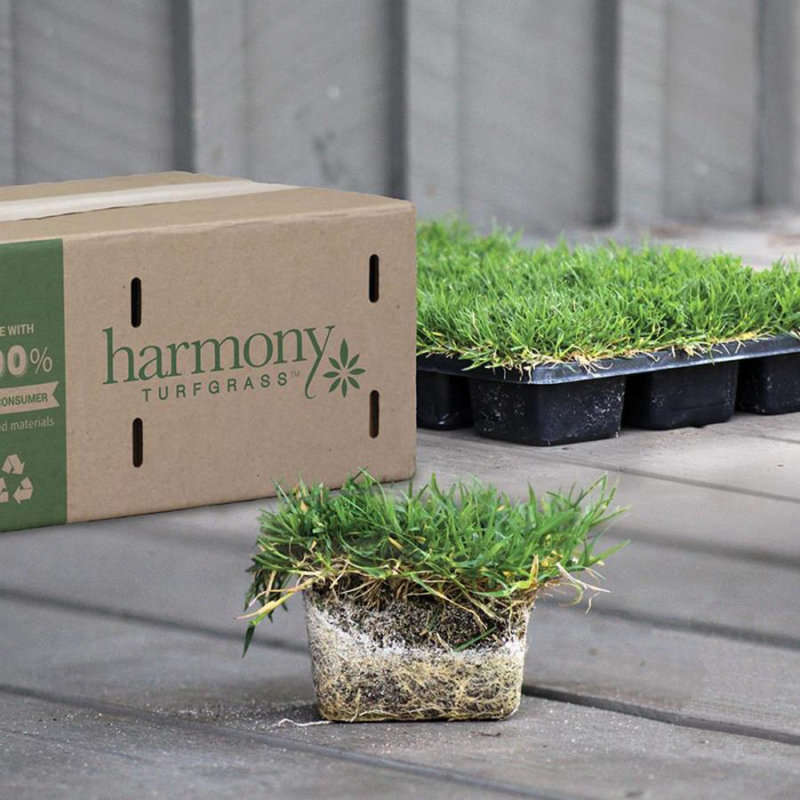

A turf grass that thrives in tropical and subtropical climates, St. Augustine grass will tolerate shady spots, wind, and sea spray. With its dense, mat-like growth pattern, Stenotaphrum secundatum chokes out weeds in a lawn.
Think of St. Augustine grass as wall-to-wall carpeting for your yard. A popular turf grass in hot, humid climates, Stenotaphrum secundatum grows into a thick mat that chokes out weeds.
To keep it green, St. Augustine grass requires an inch of water a week during the growing season. In USDA zones 8 to 10, it is a hardy perennial that will turn brown in cold months. Dormancy ends in spring, when it springs back into life with vigorously green leaves.
To minimize its water needs, let St. Augustine grass grow as tall as possible (mow it to a height of 4 inches, if possible). For another warm-climate turf grass that chokes out weeds, see our guide to Zoysia 101.